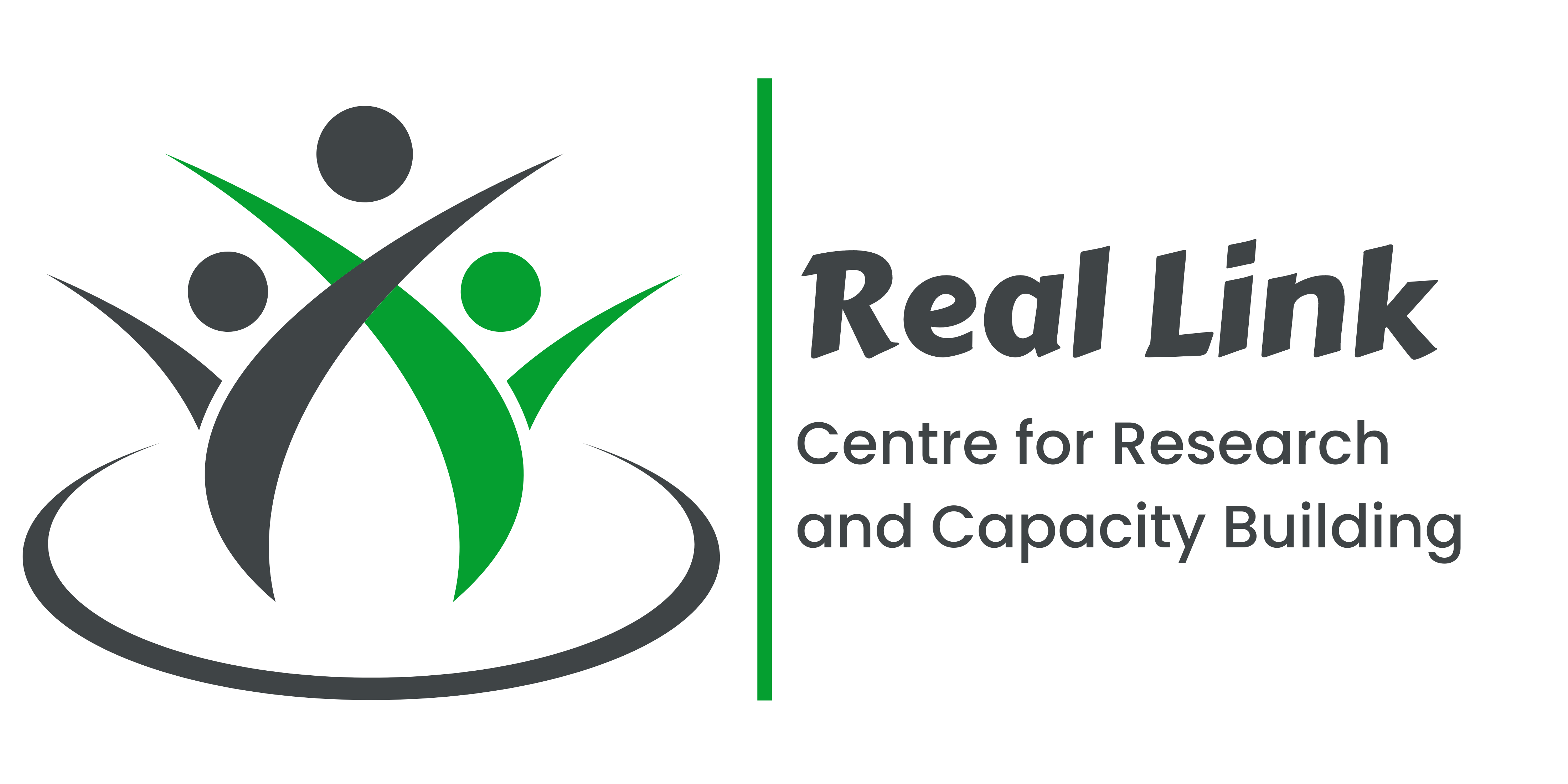Population projections show that Africa’s future relies on its youthful demographic, with immense potential for ICT to drive social and economic development. However, challenges persist in achieving SDGs related to poverty, hunger, and healthcare for a large portion of the African population. While some SDGs, such as Goals 12 and 13, are on track in some African countries, others struggle to meet their commitments, particularly those related to basic human needs. The whitepaper highlights the urgent need for ICT to enable the achievement of SDGs in Sub-Saharan Africa.
The objectives of the whitepaper were to assess the readiness of Sub-Saharan Africa’s ICT ecosystem to integrate ICT for Development (ICT4D) as an enabler for achieving SDGs and identify best practices for ICT4D adoption in various social and economic domains.
The study employed a systematic desktop analysis of Sub-Saharan African countries’ ICT ecosystems, SDG progress, and ICT4D integrations, offering recommendations to support the incorporation of ICT4D in achieving SDGs.
This document explored the critical role of Information and Communication Technology (ICT) in achieving Sustainable Development Goals (SDGs) in Sub-Saharan Africa. It begins by addressing the challenges and opportunities surrounding ICT adoption for development in the region.
Challenges in ICT Adoption: Africa has encountered obstacles in fully harnessing ICT for development, with outcomes lagging behind the Asia-Pacific region. A dearth of reliable statistics and information about Africa’s ICT sector has impeded its integration into development projects. Moreover, limited citizen participation and impact on SDG achievement have been observed, despite some positive contributions from the ICT sector.
Opportunities in ICT Adoption: The document underscores the necessity of creating an enabling environment for ICT adoption, with a focus on key factors such as infrastructure, affordability, consumer readiness, and relevant content. It highlights the increasing prevalence of mobile internet usage, especially the growth of mobile platforms and services. The authors argue that Africa is increasingly prepared to sustain the digital revolution, citing factors like locally developed apps, mobile infrastructure, affordable data, and digital literacy.
Pathways for Sustainable Development: Several pathways through which ICT can contribute to SDG achievement are explored, including poverty alleviation, digitalization of agriculture, and inclusive access to quality healthcare. The document emphasizes the potential of the digital economy in reducing poverty and generating job opportunities. Various ICT-enabled startups making significant contributions to agriculture, healthcare, and food security are showcased. Digital hubs are discussed for their role in providing job opportunities in the digital sector.
Inclusive ICT Ecosystem Development: The document presents a theory of change illustrating how creating a stable and responsive environment for ICT can lead to increased internet usage, innovation, and accelerated progress in achieving SDGs. It underscores the importance of affordability, accessible internet, and relevant content in driving consumer readiness and fostering a transformative ecosystem. The impact is seen in enhanced SDG achievement, increased internet penetration, a culture of innovation, and empowered consumers.
Proposed Stakeholder Matrix: A stakeholder matrix is proposed to identify and categorize the various entities and individuals involved in ICT for Development (ICT4D) initiatives. It includes primary, secondary, and tertiary stakeholders, each with distinct roles and interests. This matrix aids in mapping and understanding the complex network of stakeholders involved in ICT4D projects.
In conclusion, the document underscores the pivotal role of ICT adoption in achieving the SDGs in Sub-Saharan Africa. It addresses both challenges and opportunities, showcases pathways for sustainable development, and proposes a stakeholder matrix to facilitate collaboration among key actors in the ICT4D ecosystem. The authors advocate for an enabling environment, responsive policies, and inclusive strategies to harness the potential of ICT for the betterment of African communities and the achievement of the SDGs. This comprehensive approach to ICT adoption in Sub-Saharan Africa has the potential to drive substantial progress toward the region’s sustainable development goals. The document recommends an array of proactive initiatives to address the challenges in fulfilling SDG commitments by emphasizing the role of ICT4D as an enabler for achieving these goals and supporting the sustainable development of Sub-Saharan Africa while optimizing organizational stakeholder matrices to respond to “Impact oriented” ICT tools development and interventions in the sustainable development goals.

